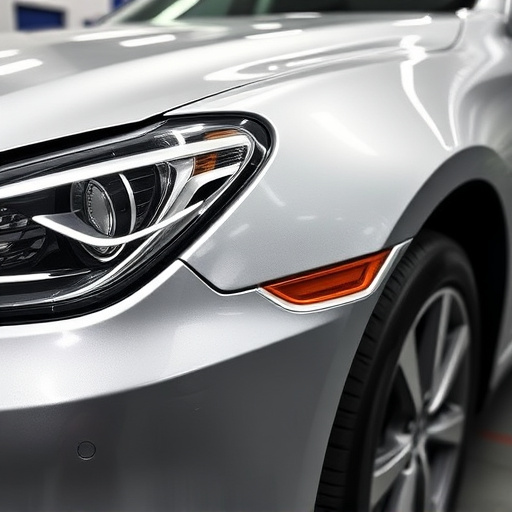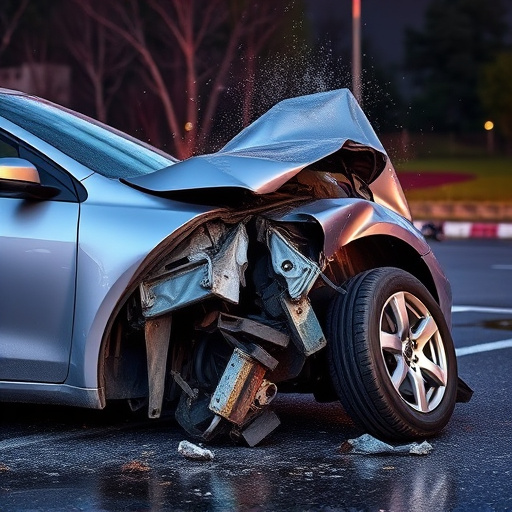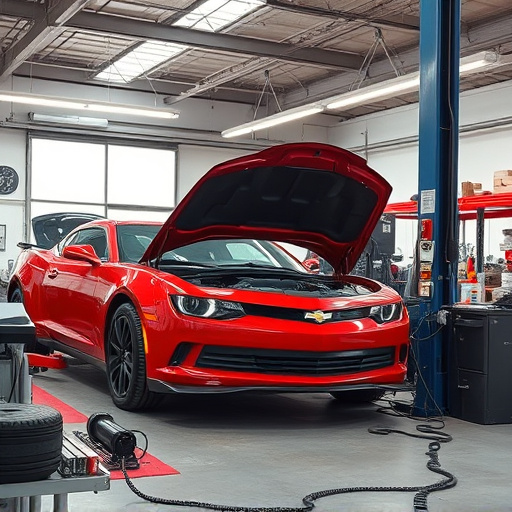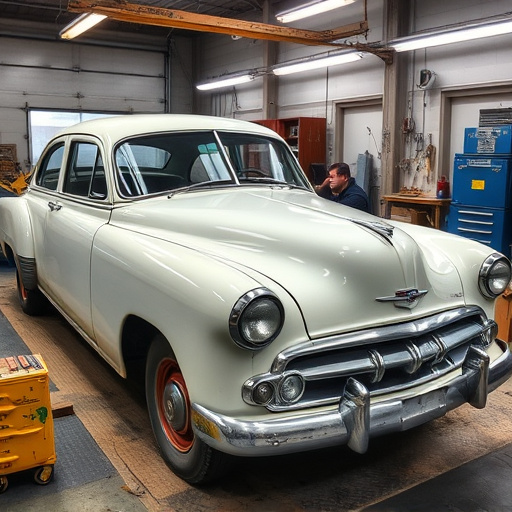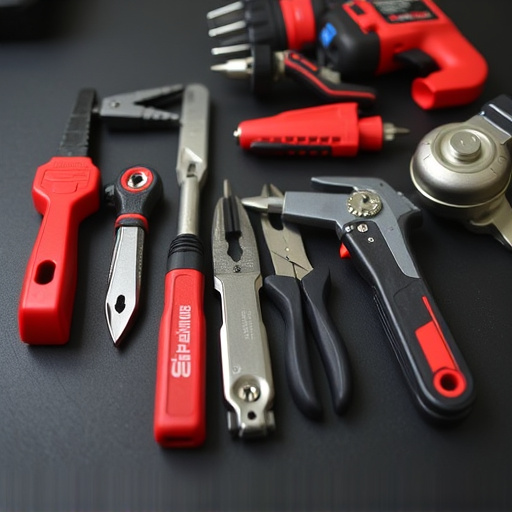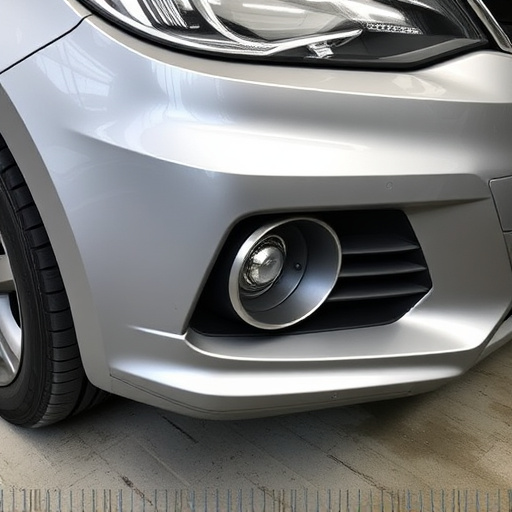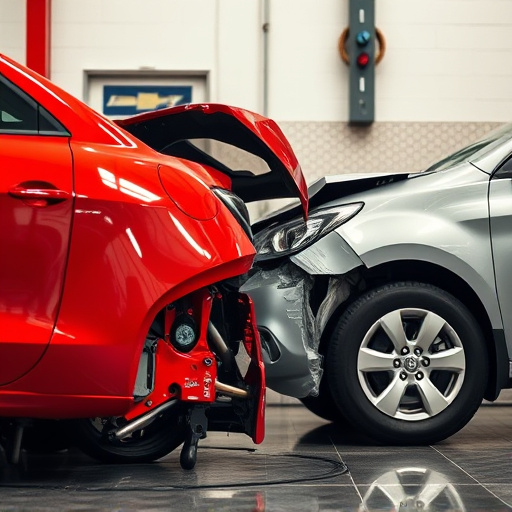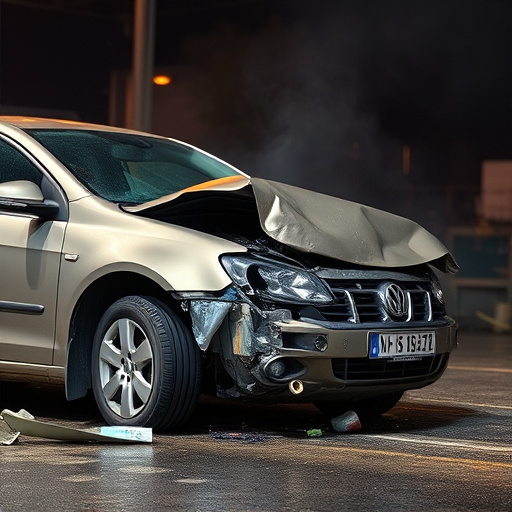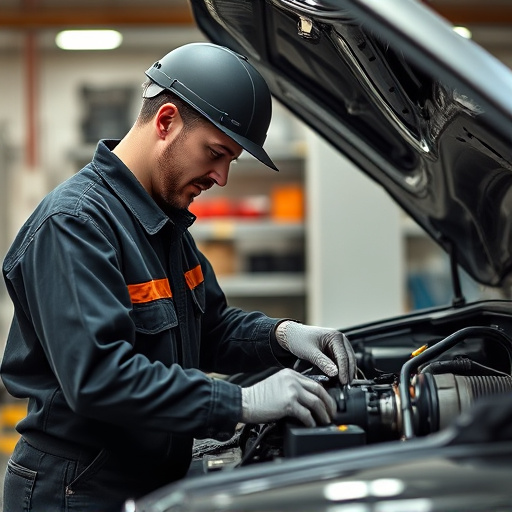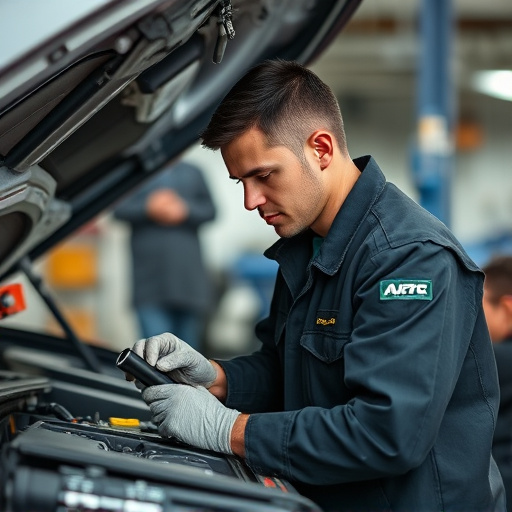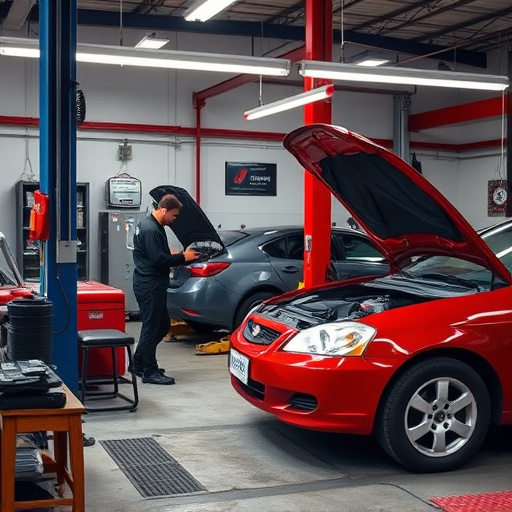Mercedes pearl effect repair requires a careful process for faded or oxidized finishes. Initial steps involve examining and documenting damage, followed by cleaning, priming with matching primer, light sanding, and reapplication of high-quality coatings. Professional body shops execute this artful restoration with precision to revive the car's stunning exterior.
Revive your Mercedes’ stunning pearl effect finish with this comprehensive guide. We’ll walk you through the process of repairing faded or oxidized surfaces, ensuring optimal results. From understanding the unique Mercedes pearl effect finish to identifying and assessing damaged areas, this step-by-step approach covers everything. Learn the techniques to restore your vehicle’s gloss and protect its precious exterior. Discover the secrets to effective Mercedes pearl effect repair – it’s easier than you think!
- Understanding Mercedes Pearl Effect Finish
- Identifying and Assessing Faded or Oxidized Areas
- Step-by-Step Repair Process for Optimal Results
Understanding Mercedes Pearl Effect Finish
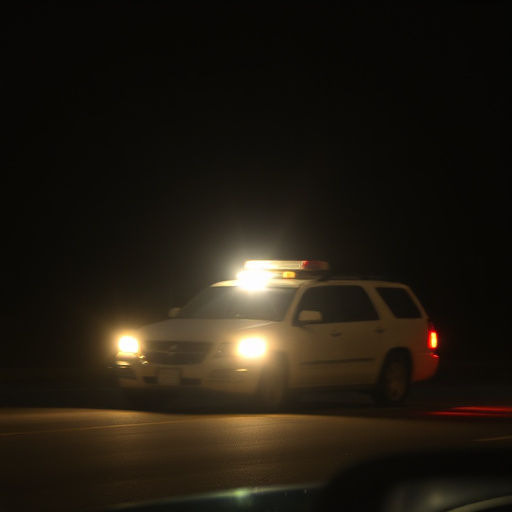
The Mercedes pearl effect finish is a distinctive and elegant feature that has been a hallmark of premium vehicles for many years. This unique coating combines metallic pigments with a resin base, creating a stunning, iridescent appearance that shifts colors based on light reflection. While it enhances the vehicle’s aesthetic appeal, this finish is also delicate and can fade or oxidize over time due to exposure to UV rays, environmental pollutants, and general wear and tear.
Mercedes pearl effect repair involves a meticulous process where professionals carefully assess and restore the damaged surface. A car body shop with expertise in vehicle restoration uses specialized tools and techniques to remove any oxidation, fill in scratches or chips, and apply high-quality coatings that match the original finish perfectly. Unlike collision damage repair, which focuses on structural integrity, Mercedes pearl effect repair is an art that requires precision and a keen eye for detail to revive the car’s stunning exterior.
Identifying and Assessing Faded or Oxidized Areas

Identifying faded or oxidized areas on a Mercedes pearl effect surface is the first step in any repair process. This involves carefully examining the car’s exterior to pinpoint specific spots where the pearl effect has lost its luster or turned dull and gray. Look for inconsistencies in color, texture, or shine that might indicate areas of damage or wear. Close inspection with a flashlight can help uncover subtle changes caused by environmental factors like sun exposure or pollution.
Assessing the extent of the damage is crucial before beginning any repair work. Light scraping or minor oxidation may be addressable with simple polishing techniques, while more severe fading or peeling might require professional restoration methods akin to auto glass replacement or car dent removal processes. Just as you would for a car scratch repair, document the affected areas thoroughly – photos and notes on their location and severity will guide your chosen approach to Mercedes pearl effect repair.
Step-by-Step Repair Process for Optimal Results

Repairing a Mercedes pearl effect surface that has faded or oxidized is a process that requires precision and care. Here’s a step-by-step guide to achieving optimal results, ensuring your vehicle retains its luxurious shine.
Begin by thoroughly inspecting the damaged area. This involves assessing the extent of fading or oxidation, identifying any underlying issues like cracks or chips, and taking measurements for accurate material replacement if needed. Next, prepare the surface by cleaning it with a mild detergent and deionized water to remove dirt, dust, and grime. This step is crucial in achieving a smooth base for the repair process. After drying completely, apply a thin layer of high-quality primer designed specifically for pearl effect finishes. This will help bond the repair material effectively while ensuring color matching. Then, using a fine sandpaper, lightly buff the primed area to create a subtle texture that aids in the adherence of the new pearl effect coating.
Repairing faded or oxidized Mercedes Pearl Effect surfaces is a process that requires careful attention and the right techniques. By understanding the unique finish of Mercedes vehicles, identifying damaged areas, and following a structured repair process, you can restore these stunning surfaces to their former glory. With patience and the right tools, achieving optimal results in Mercedes pearl effect repair is well within reach, ensuring your vehicle maintains its distinctive and captivating allure.

